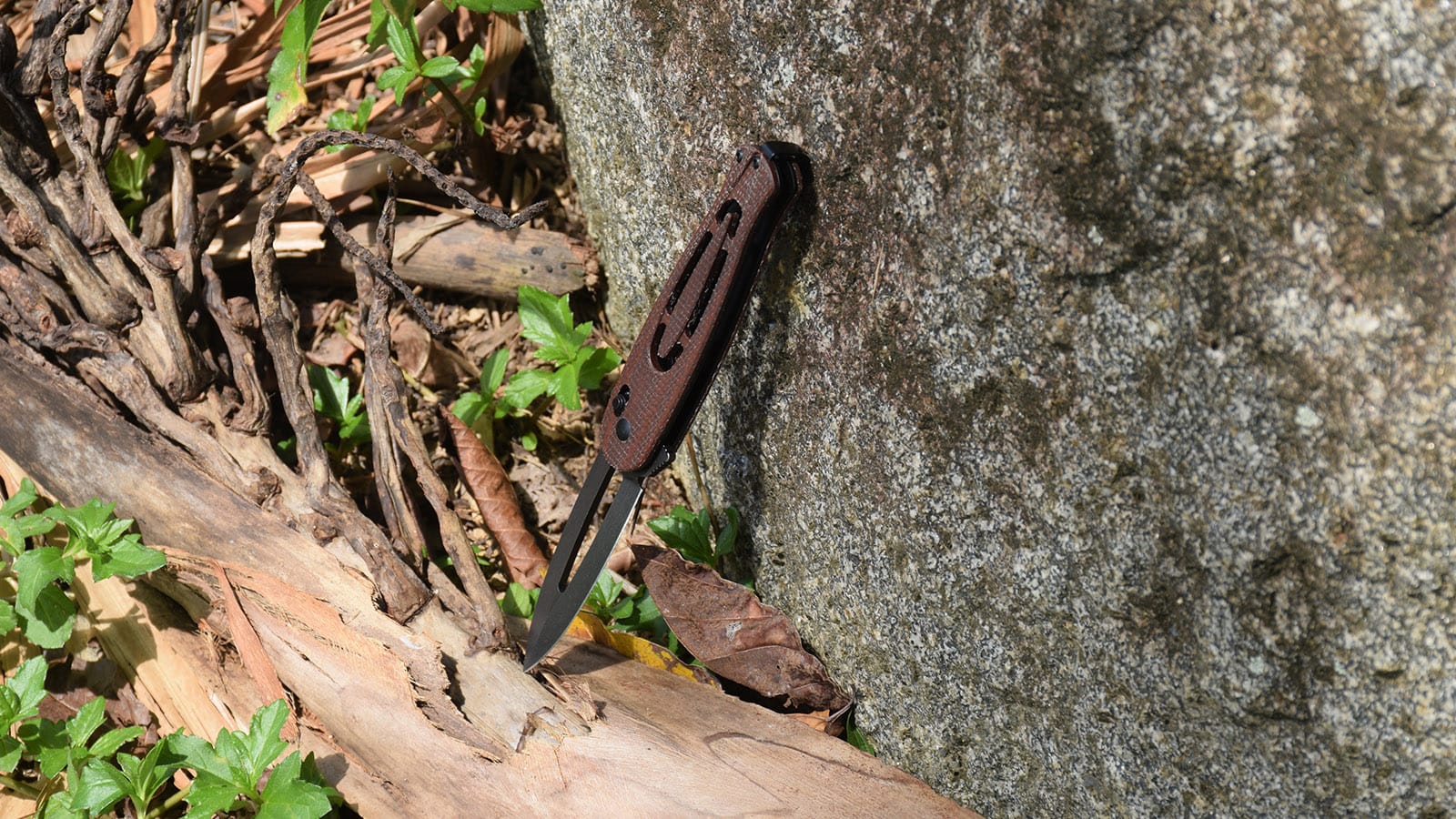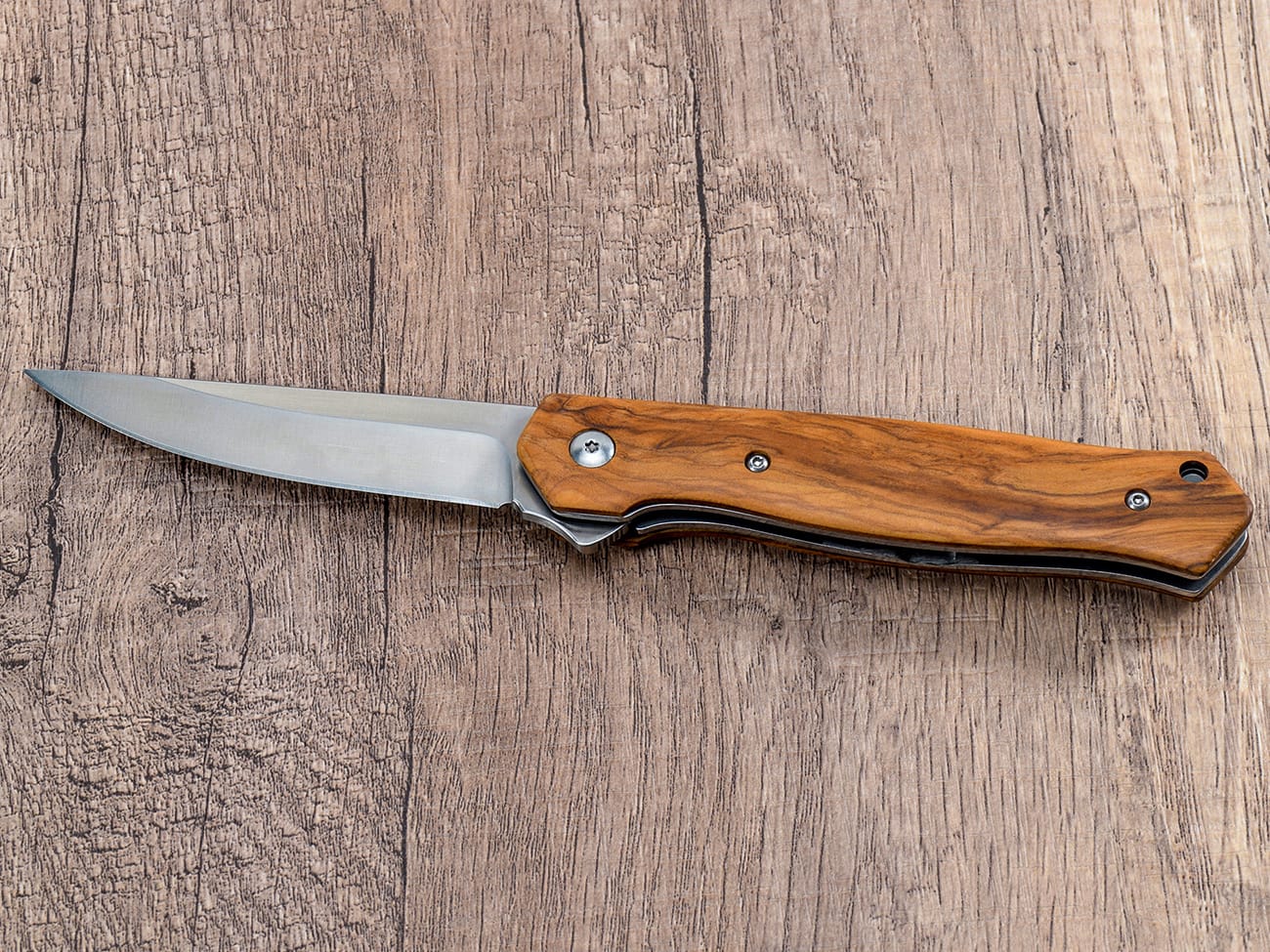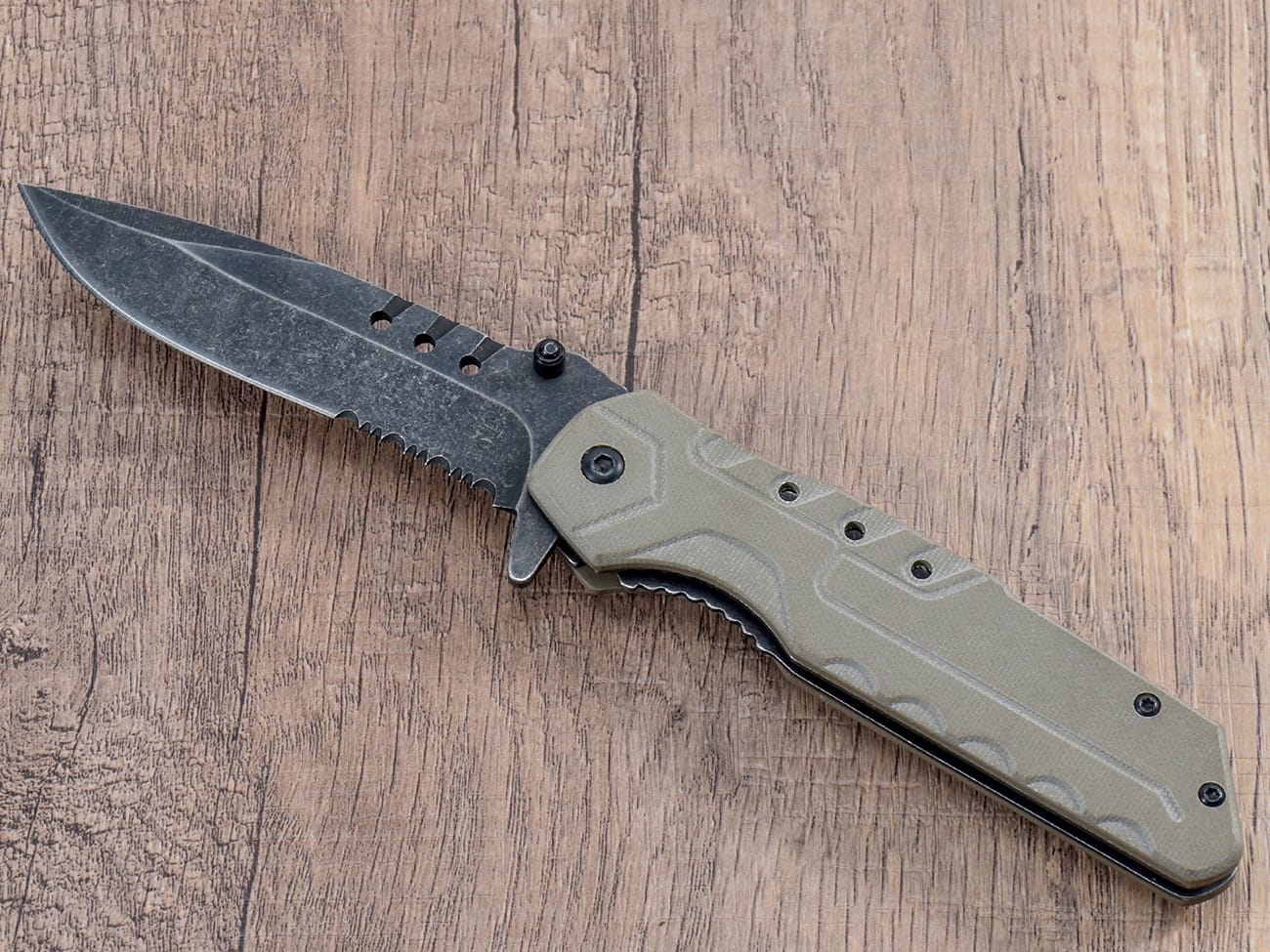Choosing a knife that won’t rust easily is crucial for both professional and home users. This comprehensive guide explores the world of corrosion-resistant knife steels, helping you understand what makes certain knives more resistant to rust and how to choose the perfect blade for your needs. Whether you’re a pocket knife enthusiast or a professional chef, this article will help you make an informed decision about rust-resistant knife steels.
What Makes a Knife Steel Rust-Resistant?
The key to rust resistance in knife steel lies in its chemical composition. The most important factor is the amount of chromium present in the alloy. When a steel contains at least 13% chromium, it becomes stainless steel, forming a protective oxide layer that prevents corrosion.
Types of Rust-Resistant Knife Steels
Several types of steel offer excellent corrosion resistance:
- Austenitic stainless steels
- Martensitic stainless steels
- Precipitation-hardened steels
- Modern powder metallurgy steels

Damascus steel knife showing excellent corrosion resistance and beautiful pattern
How Does Stainless Steel Compare to Carbon Steel?
While stainless steel blades generally offer better corrosion resistance, carbon steel provides superior edge retention and sharpness. Here’s a comparison table:
| Feature | Stainless Steel | Carbon Steel |
|---|---|---|
| Rust Resistance | Excellent | Poor to Fair |
| Edge Retention | Good | Excellent |
| Ease of Sharpening | Moderate | Easy |
| Maintenance Required | Low | High |
Popular Rust-Resistant Steel Types for Knives
Several modern steel alloys offer an excellent balance of properties:
- 440C Stainless Steel
- VG-10
- S30V
- Damascus Steel
- 154CM
What Role Does Heat Treatment Play?
Heat treatment significantly affects a steel’s:
- Hardness
- Toughness
- Corrosion resistance
- Edge retention
How to Choose the Right Rust-Resistant Steel?
Consider these factors when selecting a rust-resistant knife:
- Intended use
- Maintenance requirements
- Budget
- Edge retention needs
- Environmental exposure
Maintaining Your Rust-Resistant Knife
Even the most corrosion-resistant steels require proper care:
- Clean and dry after each use
- Apply food-grade mineral oil regularly
- Store in a dry environment
- Avoid prolonged exposure to saltwater
Common Myths About Rust-Resistant Steels
Let’s debunk some common misconceptions:
“All stainless steels are completely rust-proof” – False. While highly resistant, even stainless steel can corrode under certain conditions.
Modern Innovations in Rust-Resistant Steel
Recent developments include:
- Powder metallurgy processes
- Advanced coating technologies
- Hybrid steel compositions
- Nitrogen-enriched stainless steels
Key Takeaways for Rust-Resistant Knife Selection
Remember these essential points:
- Higher chromium content means better corrosion resistance
- Consider your specific use case and environment
- Proper maintenance is still necessary
- Balance rust resistance with other desired properties
- Quality heat treatment is crucial
- Consider the knife’s intended use and care requirements
Summary Bullet Points:
• Look for steels with at least 13% chromium for rust resistance • Consider the trade-off between corrosion resistance and edge retention • Regular maintenance extends the life of any knife steel • Modern stainless steels offer excellent all-around performance • Heat treatment significantly affects corrosion resistance • Even “stainless” steels require proper careThis comprehensive guide should help you make an informed decision about choosing and maintaining a rust-resistant knife. Remember that no steel is completely immune to corrosion, but with proper selection and care, you can ensure your knife serves you well for years to come.




